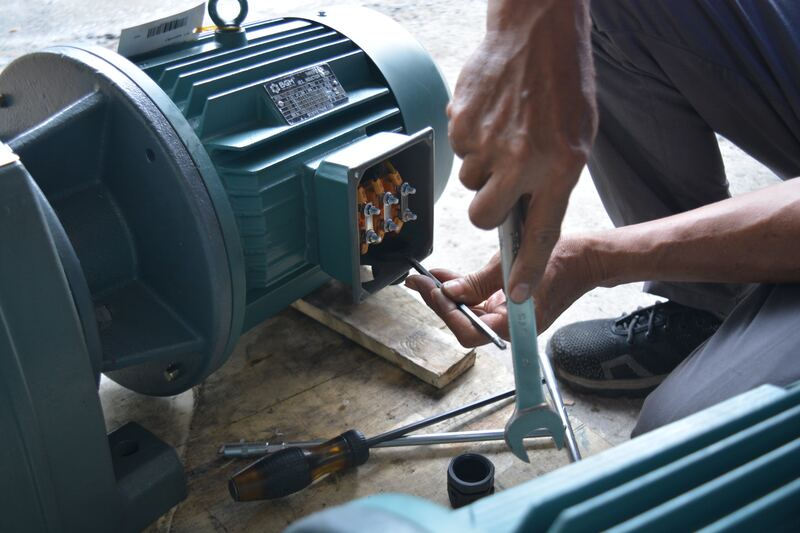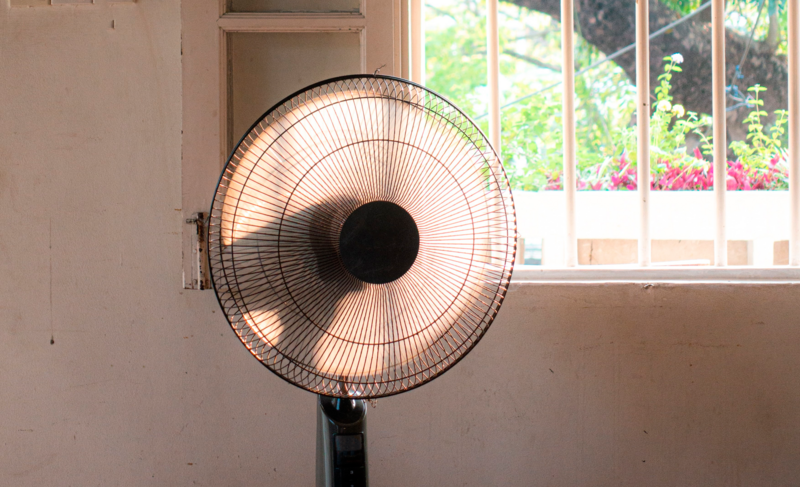Need Support?
Please provide your question. We’ll find you with the best support options.
Table of Content
A bearing is a mechanical component that enables rotational or linear motion, reduces friction, and supports load in moving systems.
Like wheels, bearings help components move smoothly by minimizing contact between surfaces. This not only improves motion efficiency but also extends machine life and operating speed. Bearings are widely used in mechanical systems requiring rotation or sliding, ensuring stability and performance.
It is commonly referred to as "bearing" in English, while in Taiwan, it is usually called "軸承". The fundamental principle of a bearing involves the placement of rolling elements, such as balls, needles, or rollers, between the inner and outer rings to facilitate smooth rotation of the shaft. These rolling elements can move between the inner and outer rings, reducing friction between the contacting surfaces and allowing the shaft to rotate smoothly.
The main components of a bearing include the inner ring, outer ring, rolling elements (such as rollers or balls), cage, and seals.
Different types of bearings are suitable for different application scenarios. For example, deep groove ball bearings are commonly used in applications with higher speeds and smaller loads, while tapered roller bearings are suitable for applications with larger loads and lower speeds. Each type of bearing has its own characteristics and advantages to meet the specific requirements of different applications.
Deep groove ball bearings are one of the most common types of bearings. They have deep and uninterrupted grooves, enabling them to withstand radial and slight axial loads. Deep groove ball bearings are suitable for high-speed applications, such as electric tools, machine tools, and motors.
Needle roller bearings have slender and long rollers, and compared to other bearing types, their roller diameter is relatively small. Needle roller bearings are typically used to support higher radial loads while maintaining a smaller outer diameter. This makes needle roller bearings very useful in applications with limited space, such as automotive transmissions, machine tools, and heavy equipment.
Tapered roller bearings have tapered rollers, and the slopes of the roller tracks on the inner and outer rings are the same. They can withstand radial and larger axial loads and perform well at high speeds and temperatures. Tapered roller bearings are commonly used in applications such as automotive vehicles, heavy machinery, and construction equipment.
Thrust ball bearings are primarily used to absorb axial forces along the axis. They have spherical rolling elements and can withstand high loads and provide higher speeds. Thrust ball bearings are commonly found in applications such as fans, compressors, and automotive transmission systems.

Self-aligning bearings have spherical raceways between the inner and outer rings, allowing them to accommodate certain angular misalignment and alignment errors. This gives them excellent self-aligning capabilities in rotating machinery, such as turntables, oscillating mechanisms, and robotic joints.
Thrust roller bearings(AXK Series) is a high-capacity bearing consisting of needle roller bearings, tray ring gaskets and retainers. It supports axial loads and has good rigidity with minimal axial space requirements.
The above list includes only some of the types of bearings, and there are many other types available, such as angular contact ball bearings, plain bearings, and ceramic bearings. Each type of bearing has specific advantages and suitable applications. Choosing the appropriate bearing type is crucial based on different requirements and applications.

Bearings play a critical role in components such as automobile engines, transmissions, suspension systems, and wheel hubs. They can withstand high-speed rotation and loads while reducing friction between mechanical parts, improving automotive performance and reliability.

Bearings are widely used in various industrial equipment, including machine tools, wind turbines, pumps, gearboxes, conveyors, and compressors. They support rotating shafts and enable smooth operation of the equipment while reducing friction losses and improving production efficiency.

Bearings are essential in household appliances such as electric fans, washing machines, refrigerators, and air conditioners. They enable smooth operation of motor components, reduce noise and energy consumption, and extend the lifespan of the products.
Bearings are also widely used in medical devices such as medical imaging equipment, surgical robots, and artificial joints. In these applications, bearings need to provide highly precise motion control and smooth operation to ensure accuracy and safety.
In summary, bearings serve as the "industrial heart" in many industries. They not only support and reduce friction in the operation of machinery and hardware devices but also enhance the efficiency and stability of mechanical equipment.
Discover more about the features and applications of various bearings.
Click here to explore more articles and find the perfect bearing for your project.
Needle Bearings (Roller Bearings) are a type of bearing that performs exceptionally well at high speeds. Their rollers are precisely guided by specially shaped, high-rigidity cages with minimal dimensional error. Despite their small cross-section, needle bearings...
How Do Ball Bearings Work? Bearings are often small and unassuming components in a product, yet they are crucial for its proper functioning. Without bearings, many products would fail to operate effectively. But do you know how ball bearings...
Please provide your question. We’ll find you with the best support options.